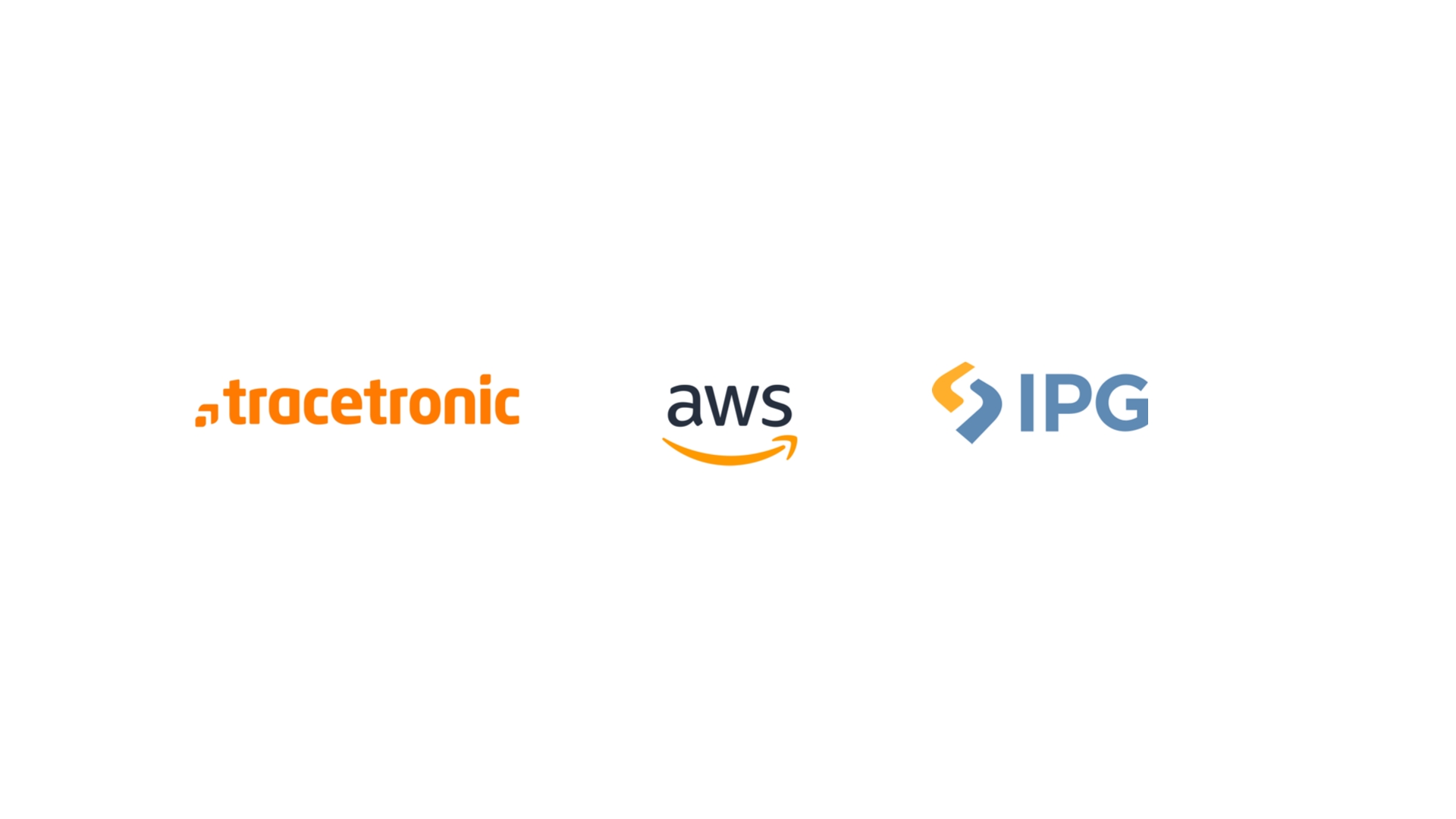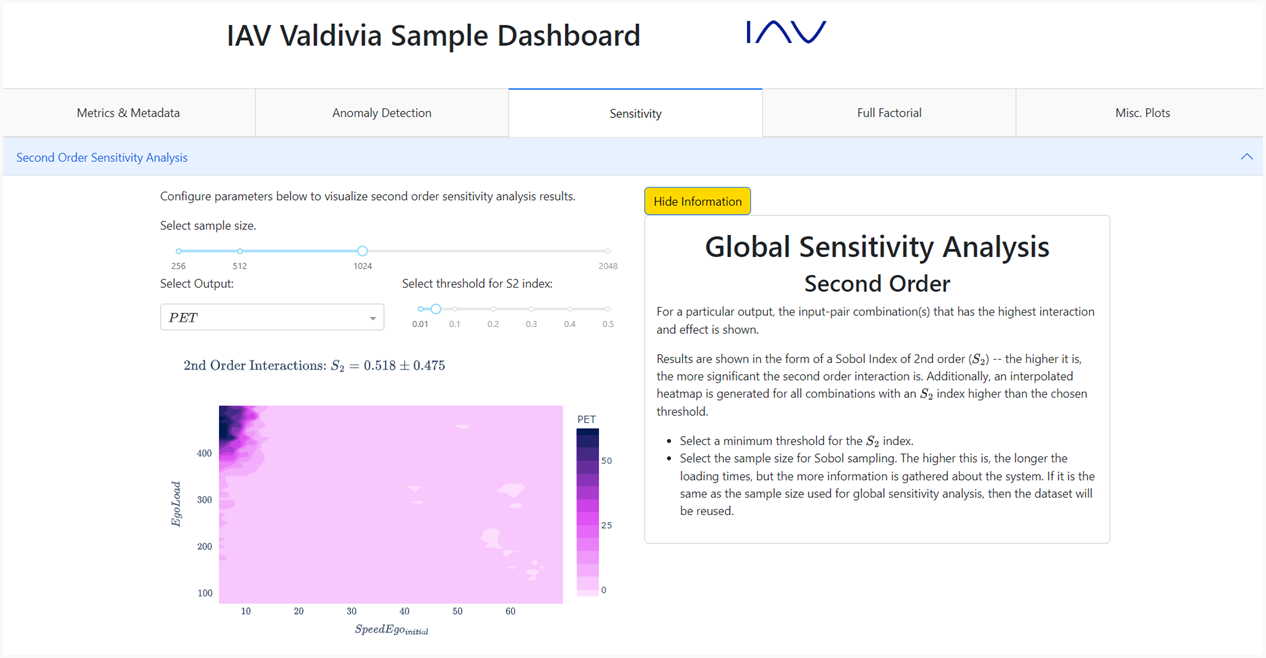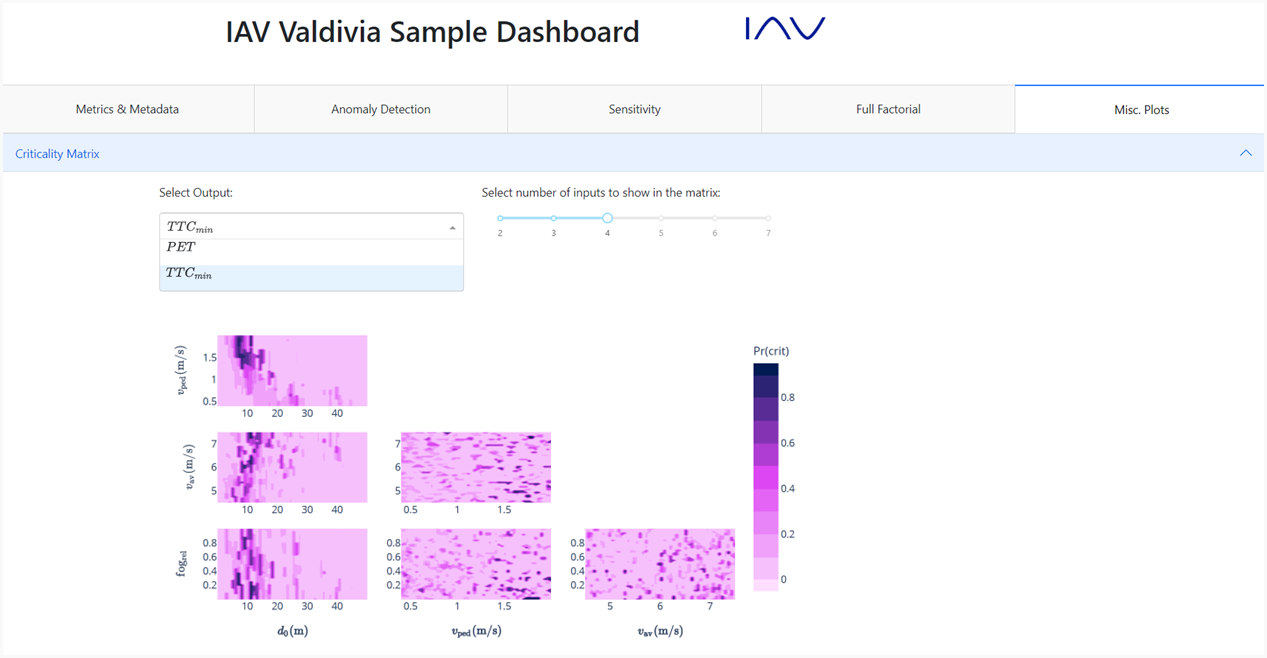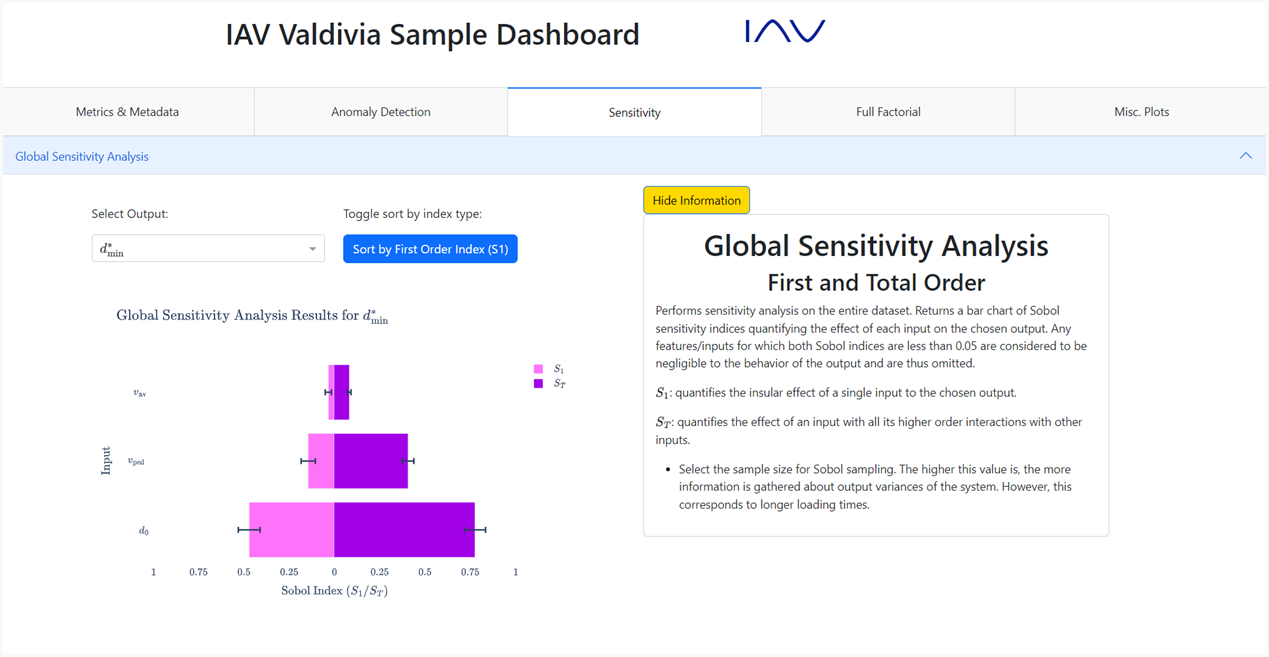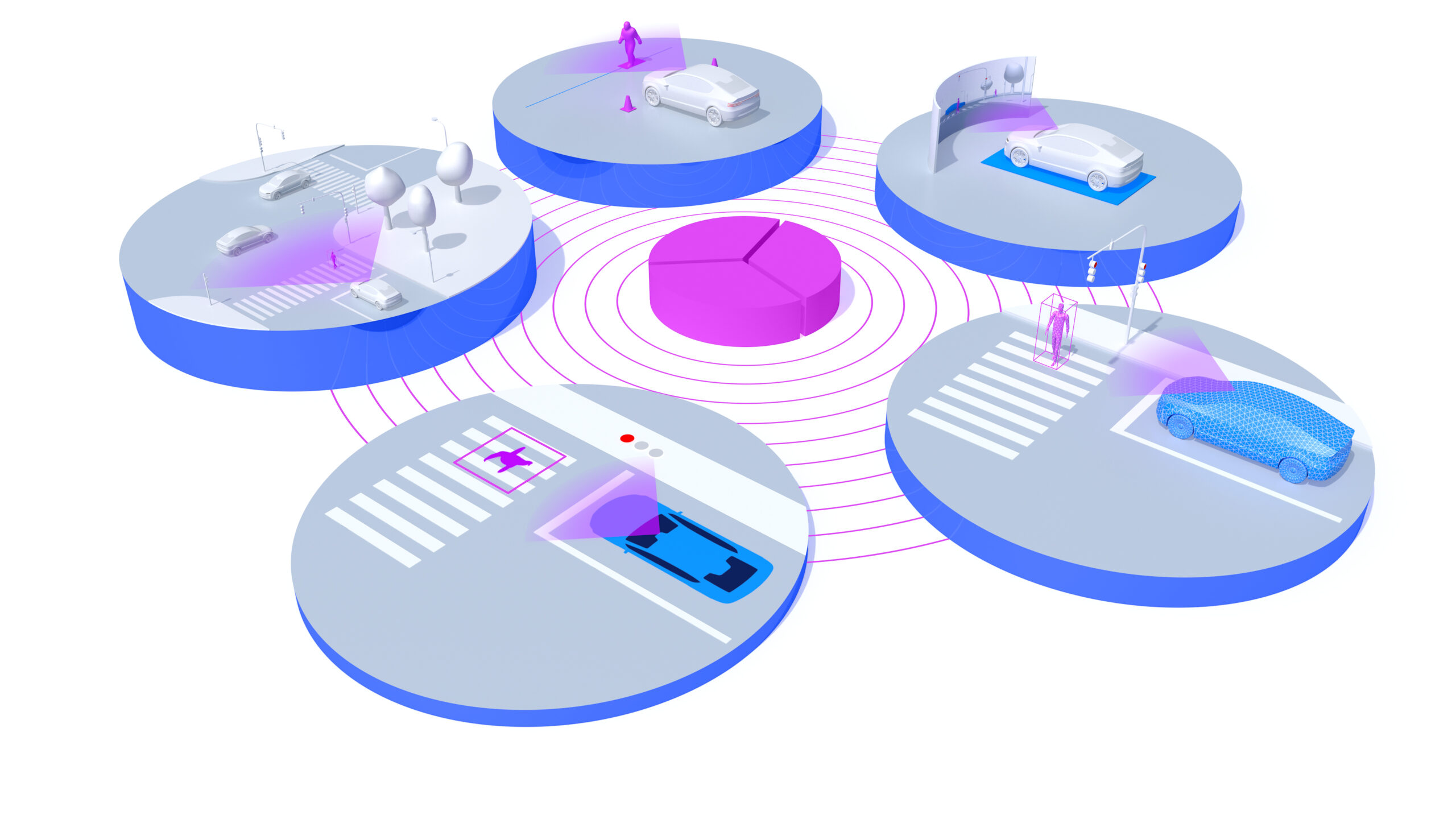
Save up to 80% on testing!
Automated vehicles must be able to safely master countless scenarios. However, given the large number of potential situations, it is not possible to test all of them. This is where IAV Valdivia Sample comes in. The software tool supports the targeted selection of test scenarios and helps to reliably test automated driving functions in the field of ADAS and AD. With this approach, customers can save up to 80 % testing effort*.
*exemplary calculation, based on research result
How do you benefit from this?
Generate reproducible results
IAV Valdivia Sample uses a scientifically sound approach with state-of-the-art probabilistic ML models. In this way, IAV Valdivia Sample offers a transparent process and comprehensible decisions.
Save time and reduce costs
The software offers the possibility to reduce your testing effort by up to 80 % by reducing the number of simulations, calculation time and licenses required. This leads to increased efficiency and cost savings.
Whether in the cloud or locally - just get started!
IAV Valdivia Sample is designed to be integrated into fully automated test environments (SiL or HiL) via REST APIs. The solution is cloud-ready and can be used as software as a service.
Countless use cases for numerous industries
Originally designed for use in the AD sector, the tool can be used wherever efficient modeling methods are required for the development or approval of complex systems - e.g. in the energy industry or aviation.
How does it work?
With IAV Valdivia Sample, IAV has developed software that uses statistical techniques and artificial intelligence to generate test scenarios. This process is iterative and adapts independently to the previously unknown system and its characteristics - because every system has its own weaknesses that need to be uncovered.
Generating different scenarios
The test scenarios are first generated using statistical techniques in such a way that broad coverage is achieved and very different scenarios are taken into account.
AI comes it to play
The results of these tests are then analyzed using AI to find out which characteristics of the scenarios alone or in combination favor critical outcomes. This could be, for example, the combination of a low sun and a wet road.
Iterations for a better understanding
Finally, critical scenarios for the system are generated iteratively and their data analyzed in turn. With each iteration, more weaknesses can be uncovered and the system better understood.
Using artificial intelligence, this process goes beyond traditional optimization and test planning methods. It is characterized by the use of probabilistic meta-models and repeated, adaptive design of experiments (Adaptive Importance Sampling). The probabilistic models can ultimately be used to calculate the probabilities of critical scenarios, which provides a measurable basis for the release decision of safety-critical systems.
Better together. Our partnerships.
